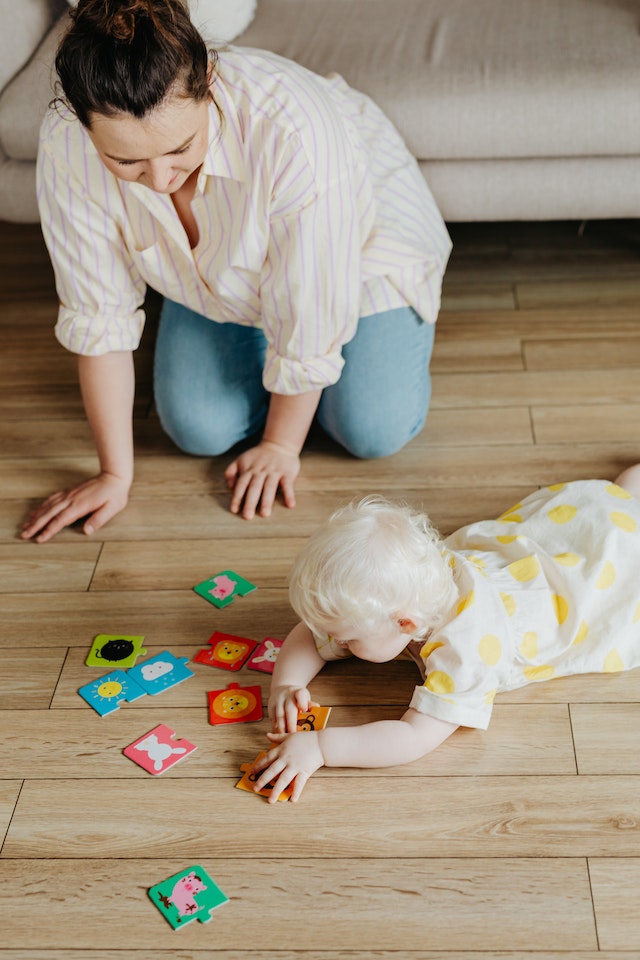Introduction
Flashcards are not only versatile and practical, but they also serve as an invaluable tool for teaching multiple
languages.
In this article, we will explore how flashcards can be effectively utilized to facilitate language learning and unleash
the multilingual potential in students.
Flashcards:
The Multilingual Teaching Tool Flashcards are ideally suited for teaching multiple languages due to their simplicity,
portability, and adaptability.
They provide a visual and interactive platform for introducing and reinforcing vocabulary, sentence structures,
grammar rules, and cultural nuances.
Whether you are teaching English, Spanish, French, or any other language, flashcards can be tailored to suit the
specific linguistic needs of your students.
Vocabulary Expansion
One of the key benefits of using flashcards in language instruction is their effectiveness in expanding vocabulary.
Flashcards allow students to visually associate words with their corresponding meanings, enabling quicker and more
efficient word retention.
By incorporating flashcards with words from different categories such as animals, food, colors, or daily activities,
Students can gradually build a rich vocabulary bank in multiple languages.
Sentence Formation and Grammar
Flashcards also play a vital role in helping students develop sentence formation and grasp grammar rules in various
languages.
By utilizing flashcards that contain phrases or sentence fragments, students can practice constructing complete
sentences.
For instance, a flashcard might present a subject, another card the verb, and a third card the object, allowing students
to combine them to form grammatically correct sentences.
This hands-on approach promotes active engagement, encourages creativity, and facilitates a deeper understanding
of language structures.
Cultural Immersion
Language learning goes beyond vocabulary and grammar—it encompasses culture, customs, and traditions.
Flashcards provide an opportunity to incorporate cultural immersion into language instruction.
Cultural flashcards can feature images, symbols, or descriptions related to specific cultural aspects, such as holidays,
traditional attire, or landmarks.
By using these flashcards, students gain a broader understanding of the language within its cultural context, fostering
appreciation and empathy for diverse cultures.
Interactive Learning Activities
Flashcards offer endless possibilities for interactive learning activities that make language learning engaging and
enjoyable.
Here are a few techniques you can use:
Vocabulary Games:
Create games like memory matching, bingo, or Pictionary using flashcards to reinforce vocabulary acquisition and
encourage friendly competition.
Role-Play Scenarios:
Use flashcards to prompt role-play activities where students can practice conversational skills and apply vocabulary
and grammar in real-life contexts.
Storytelling:
Develop a story-building activity by giving each student a flashcard and having them contribute to a collective story
by incorporating the word or concept depicted on their card.
Dialogue Creation:
Utilize flashcards to spark dialogues between students, promoting communication, and enhancing language
proficiency.
Sentence Building:
Challenge students to construct sentences using a set of flashcards, encouraging creativity and reinforcing
grammatical structures.
Conclusion
Flashcards are a powerful tool for teaching multiple languages.
Their versatility, visual appeal, and interactive nature make them an ideal resource for expanding vocabulary,
developing sentence structures, and immersing students in different cultures.
By incorporating flashcards into language instruction and employing various interactive learning activities, you can
create a dynamic and engaging classroom environment that fosters multilingual proficiency.
![]()








